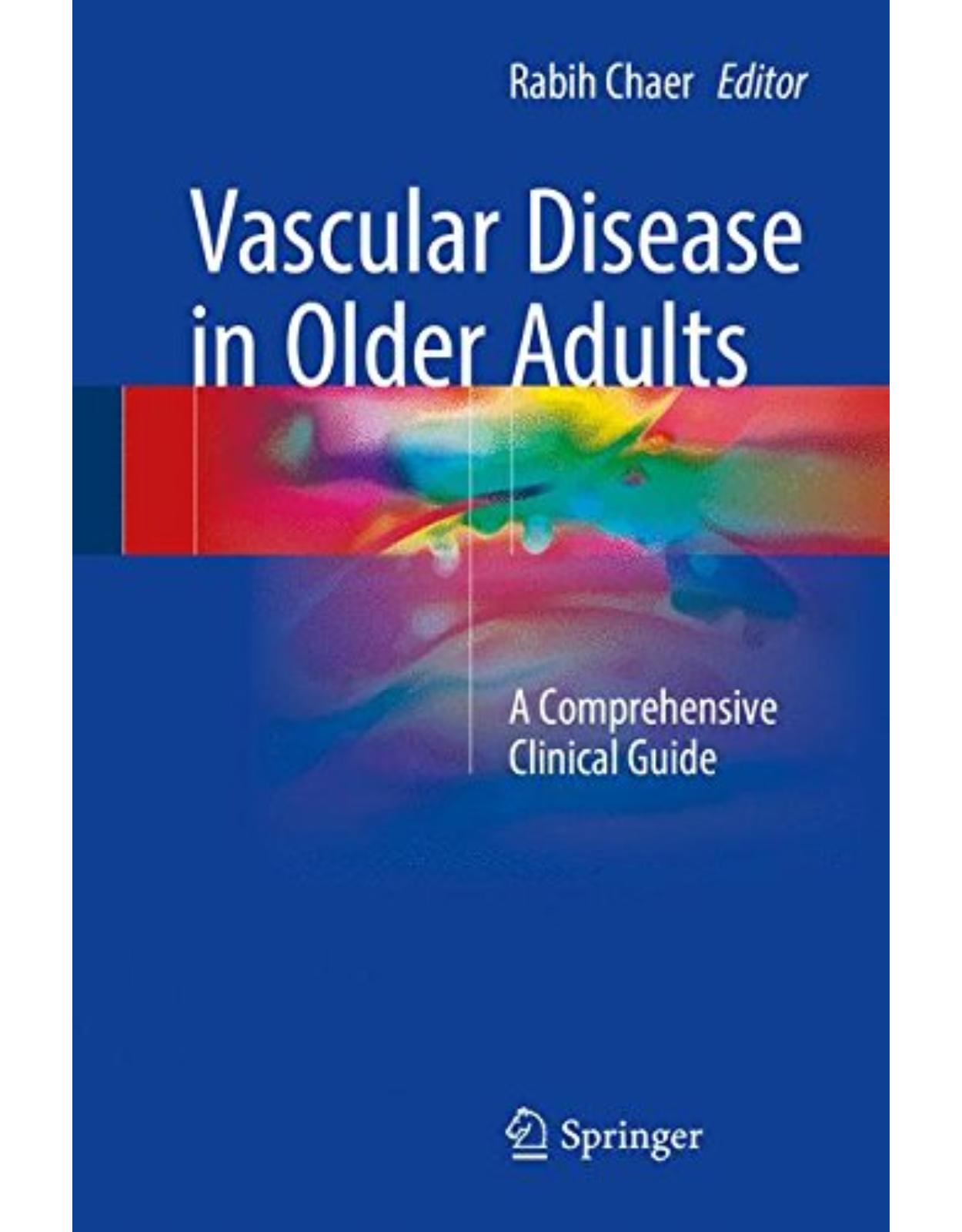
Vascular Disease in Older Adults: A Comprehensive Clinical Guide
Livrare gratis la comenzi peste 500 RON. Pentru celelalte comenzi livrarea este 20 RON.
Disponibilitate: La comanda in aproximativ 4 saptamani
Autor: Rabih Chaer
Editura: Springer
Limba: Engleza
Nr. pagini: 216
Coperta: Hardcover
Dimensiuni: 15.6 x 1.4 x 23.4 cm
An aparitie: 27 Apr 2017
Description:
This book presents a comprehensive and state-of the-art approach to vascular disease for the geriatric patient, focusing on vascular pathology and interventions but also on perioperative care, anesthetic care, functional outcomes and quality of life, as well as ethical considerations that impact decision making. The book addresses open and endovascular interventions in different vascular beds, as well as preoperative workup and optimization, anesthetic considerations, all aspects and expectations of the postoperative care and recovery and is the only book to include specialize in the intricacies of the care of the geriatric patients, the challenging recovery and neurocognitive changes, and ethical considerations for the end stage geriatric patient or in the setting of postoperative complications. Written by experts in the field, each section addresses patient selection, pre-operative considerations, technical conduct of the most common operations with open or endovascular options, and avoiding complications. A brief review of the existing literature addressing the particular topic follows in each section. With its concise yet comprehensive summary of the field, Vascular Disease in Older Adults is the ultimate resource for geriatricians, cardiologists, surgeons, anesthesiologists, and all physicians of who care for the aging patient with vascular disease.
Table of Contents:
1: Screening for Vascular Pathology: Current Guidelines and Recommendations
1.1 Abdominal Aortic Aneurysm
1.1.1 Overview of Screening Guidelines
1.1.2 Risk Factors for AAA
1.1.3 Natural History and Rationale for Screening for AAA
1.1.4 Screening Imaging Modalities
1.1.5 Clinical Trials and Longitudinal Studies on Screening for AAA
1.1.6 Cost-Effectiveness Analysis for Screening for AAA
1.1.7 Potential Harms Versus Benefits of Screening
1.1.8 The SAAAVE Act: A Summary
1.2 Carotid Stenosis
1.2.1 Clinical Impact of Stroke and the Importance of Prevention
1.2.2 Carotid Stenosis as the Cause of Strokes
1.2.3 Prevalence and Risk Factors for Carotid Stenosis
1.2.4 Screening Tests for Carotid Stenosis: Physical Exam and Non-invasive Imaging
1.2.5 Asymptomatic CAS: Effectiveness of Early Detection and Treatment
1.2.6 Harms of Screening
1.2.7 Screening of Asymptomatic Adults in the General Population for CAS
1.2.8 Screening of High-Risk Asymptomatic Adults for CAS
1.3 The Major Societal Guidelines
1.3.1 USPSTF (2014) [105]
1.3.2 Society for Vascular Surgery (2011) [120]
1.3.3 American Heart Association (2011) [88, 121]
1.4 Peripheral Artery Disease
1.4.1 ACC/AHA 2005 Practice Guidelines for the Management of Patients with Peripheral Arterial
1.4.2 Detection of Symptomatic PAD
1.4.2.1 History and Physical Exam
1.4.2.2 Claudication Questionnaires
1.4.2.3 Diagnostic Vascular Studies
1.4.3 Management of Symptomatic PAD
1.4.4 Detection and Management of Asymptomatic PAD
1.4.5 2011 ACCF/AHA Focused Update of the Guideline for the Management of Patients with Perip
1.4.5.1 Summary of ACCF/AHA Guidelines
1.4.6 US Preventive Services Task Force Recommendation
1.4.7 Harms of Detection and Early Treatment
1.4.8 Cost
1.4.9 Summary of USPSTF Guidelines
References
2: Preoperative Optimization of the Elderly Patient Prior to Vascular Surgery
2.1 General Changes Associated with Aging
2.2 Preoperative Evaluation of the Surgical Patient: Risk Assessment and Counseling
2.3 Optimization of the Preoperative Patient
References
3: Anesthetic Considerations for Elderly Patients Undergoing Vascular Surgery
3.1 Local Anesthesia and Regional Anesthesia
3.1.1 Pathophysiology and Pharmacology Related to Aging
3.1.2 Procedure-Specific Local and Regional Anesthesia
3.1.2.1 Arteriovenous Access for Hemodialysis and Permanent Vascular Access
3.1.2.2 Minimally Invasive Vascular Surgery: Peripheral Arterial Stent Placement and Carotid Stent
3.1.2.3 Lower Extremity Vascular Procedures Including Vein Stripping and Perforator Ligation, Low
3.2 General Anesthesia
3.2.1 Preoperative Assessment
3.2.2 Geriatric Physiology
3.2.2.1 Cardiac Physiology
3.2.2.2 Respiratory Physiology
3.2.2.3 Nervous System Physiology
3.2.2.4 Renal and Hepatic Physiology
3.2.3 Geriatric Pharmacology
3.2.4 Anesthetic Management of Abdominal Aortic Aneurysm Repair
3.2.4.1 Anesthetic Technique for Endovascular Repair
3.2.4.2 Anesthetic Management for Open AAA Repair
3.3 Surgery on the Ascending Aorta and the Arch of Aorta
3.4 Surgery Involving Thoracic Aortic Abdominal Aneurysm
3.5 Anesthesia for Carotid Endarterectomy
3.6 Postoperative Cognitive Dysfunction (POCD)
3.6.1 Postoperative Delirium
References
4: Deep Vein Thrombosis in the Elderly
4.1 Introduction
4.2 Risk Factors for Age-Related Venous Thromboembolism
4.2.1 Genetic Risk Factors
4.2.2 Medical Comorbidities
4.2.3 Malignancy
4.2.4 Sex
4.2.5 Age-Specific Risk Factors
4.2.5.1 Alterations in Vein Wall Anatomy and Physiology
4.2.5.2 Physical Functioning
4.3 Testing for Venous Thromboembolism
4.4 Special Considerations in the Elderly
4.5 Specific Anticoagulants
4.5.1 Unfractionated Heparin
4.5.2 Enoxaparin
4.5.3 Dalteparin
4.5.4 Tinzaparin
4.5.5 Vitamin K Antagonists
4.5.6 Direct Oral Anticoagulants
4.6 Systemic Thrombolysis
4.7 Catheter-Directed Thrombolysis
References
5: Management of Chronic Venous Disease and Varicose Veins in the Elderly
5.1 Background
5.2 Workup for Leg Edema
5.2.1 Special Considerations for the Elderly
5.2.2 Duplex Ultrasound
5.2.3 Air Plethysmography
5.2.4 CT Venogram
5.2.5 MR Venogram
5.2.6 Phlebography
5.2.7 Special Considerations in the Elderly
5.3 Venous Insufficiency
5.3.1 Special Considerations in the Elderly
5.4 Telangiectasias and Reticular Veins
5.5 Varicose Veins
5.5.1 Special Considerations in the Elderly
5.6 Venous Stasis Ulceration and Therapeutic Interventions
5.6.1 Special Considerations for the Elderly
References
6: Cerebrovascular Disease in the Elderly
6.1 Introduction
6.2 Epidemiology and Rehabilitation of Stroke in the Elderly
6.3 Medical Management of Risk Factors for Stroke in the Elderly
6.4 The Role of Carotid Endarterectomy in Stroke Prevention for the Elderly
6.4.1 Carotid Endarterectomy
6.4.2 Asymptomatic Carotid Stenosis
6.4.3 Symptomatic Carotid Stenosis
6.5 Carotid Artery Stenting in the Elderly
6.5.1 Cognitive Impairment and Its Association with Carotid Stenosis
6.5.2 High Socioeconomic Burden of Cognitive Decline in the Elderly
6.5.3 Evidence for Cognitive Decline in Patients with Carotid Stenosis
6.5.4 Silent Micro-embolization May Result in Cognitive Impairment
6.5.5 Cerebral Hypoperfusion May Result in Cognitive Impairment
6.5.6 Results of the ACCOF Study
6.6 Conclusions
References
7: Aortic Aneurysm Disease in the Elderly
7.1 Introduction
7.1.1 Definition of “Elderly” Men Versus Women
7.1.2 Who Is at Risk?
7.1.3 Basic Indications for AAA, DTAA, and TAAA Repair
7.1.4 Preoperative Evaluation
7.1.5 Discussion of How Age Influences Decision-Making
7.1.6 Using Frailty Scores to Risk Stratify and Counsel Patients in Clinic
7.2 Abdominal Aortic Aneurysm
7.2.1 Open Repair Versus EVAR in Octogenarians
7.2.2 Open Repair Versus EVAR in Nonagenarians
7.3 Thoracic Aortic and Thoracoabdominal Aortic Aneurysms
7.3.1 Open Descending TAA and TAAA Repair
7.3.2 Thoracic Endovascular Aneurysm Repair
7.3.3 F/B-EVAR for Juxtarenal and TAAA
7.3.4 Functional Recovery and Quality of Life
7.3.5 Surveillance Protocols
References
8: Peripheral Arterial Disease in the Elderly
8.1 Introduction
8.2 Evaluation of the Elderly Patient with PAD and Prognosis
8.2.1 Asymptomatic PAD
8.2.2 Intermittent Claudication
8.2.3 Natural History
8.3 Noninterventional Management of the Elderly Patient with Claudication
8.3.1 Medical Therapy
8.3.2 Exercise Therapy
8.3.3 Open and Endovascular Revascularization for Claudication
8.3.4 Open and Endovascular Revascularization for Critical Limb Ischemia
8.3.5 Functional Outcomes Following Revascularization for Critical Limb Ischemia
8.3.6 Indication for Primary Amputation
8.3.6.1 Functional Status and Quality of Life Following Amputation
References
9: Renal Failure in the Elderly
9.1 Introduction
9.2 Indications for Renal Replacement Therapy
9.2.1 Choice of Dialysis Modality: Hemodialysis (HD) Versus Peritoneal Dialysis (PD)
9.3 Selection of Hemodialysis Access: AVF Versus AVG Versus TDC in the Elderly
9.3.1 Kidney Disease Outcome Quality Initiative (KDOQI) Guidelines
9.3.2 Transitioning Patients from TDC to an Internal Access
9.3.3 Outcomes of Vascular Interventions in Elderly ESRD Patients
9.3.3.1 General Considerations
9.3.3.2 Asymptomatic, Intact Abdominal Aortic Aneurysms
9.3.3.3 Asymptomatic Carotid Artery Occlusive Disease
9.3.3.4 Lower Extremity Peripheral Arterial Occlusive Disease
9.4 Strategies to Prevent Contrast Nephropathy
9.4.1 Considerations for Individualizing Care of Older Patients with ESRD
References
10: Ethical Considerations
10.1 Case
10.2 Introduction
10.3 Urgency
10.4 Capacity
10.5 Surrogate Decision-Making
10.6 Informed Consent
10.7 Shared Decision Making (SDM)
10.8 Establishing Goals of Care
10.9 Intensity of Postoperative Care and Time-Limited Trials
10.10 Withdrawal of Support
10.11 Conclusions
References
Index
| An aparitie | 27 Apr 2017 |
| Autor | Rabih Chaer |
| Dimensiuni | 15.6 x 1.4 x 23.4 cm |
| Editura | Springer |
| Format | Hardcover |
| ISBN | 9783319292830 |
| Limba | Engleza |
| Nr pag | 216 |
-
1,18700 lei 1,14200 lei

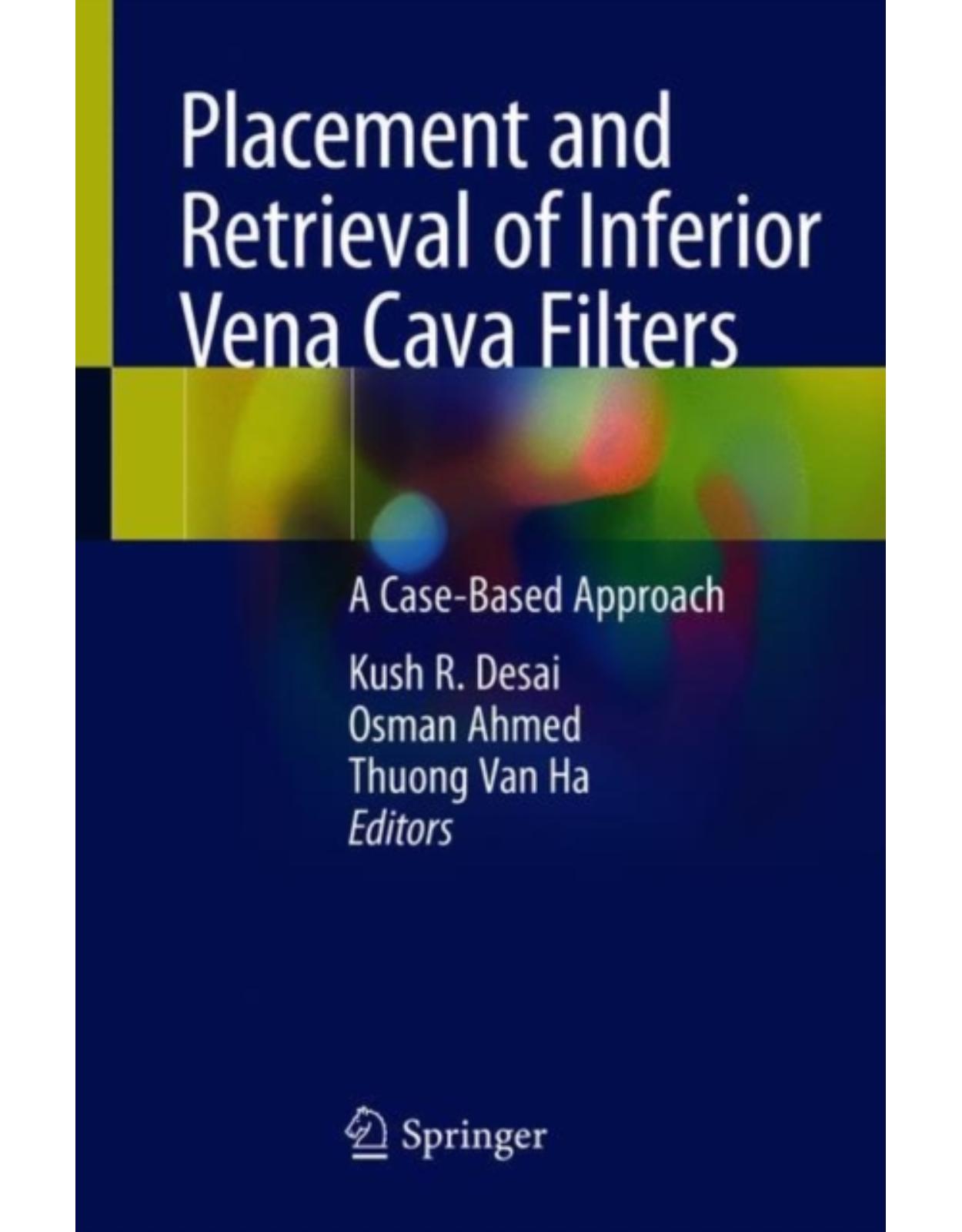
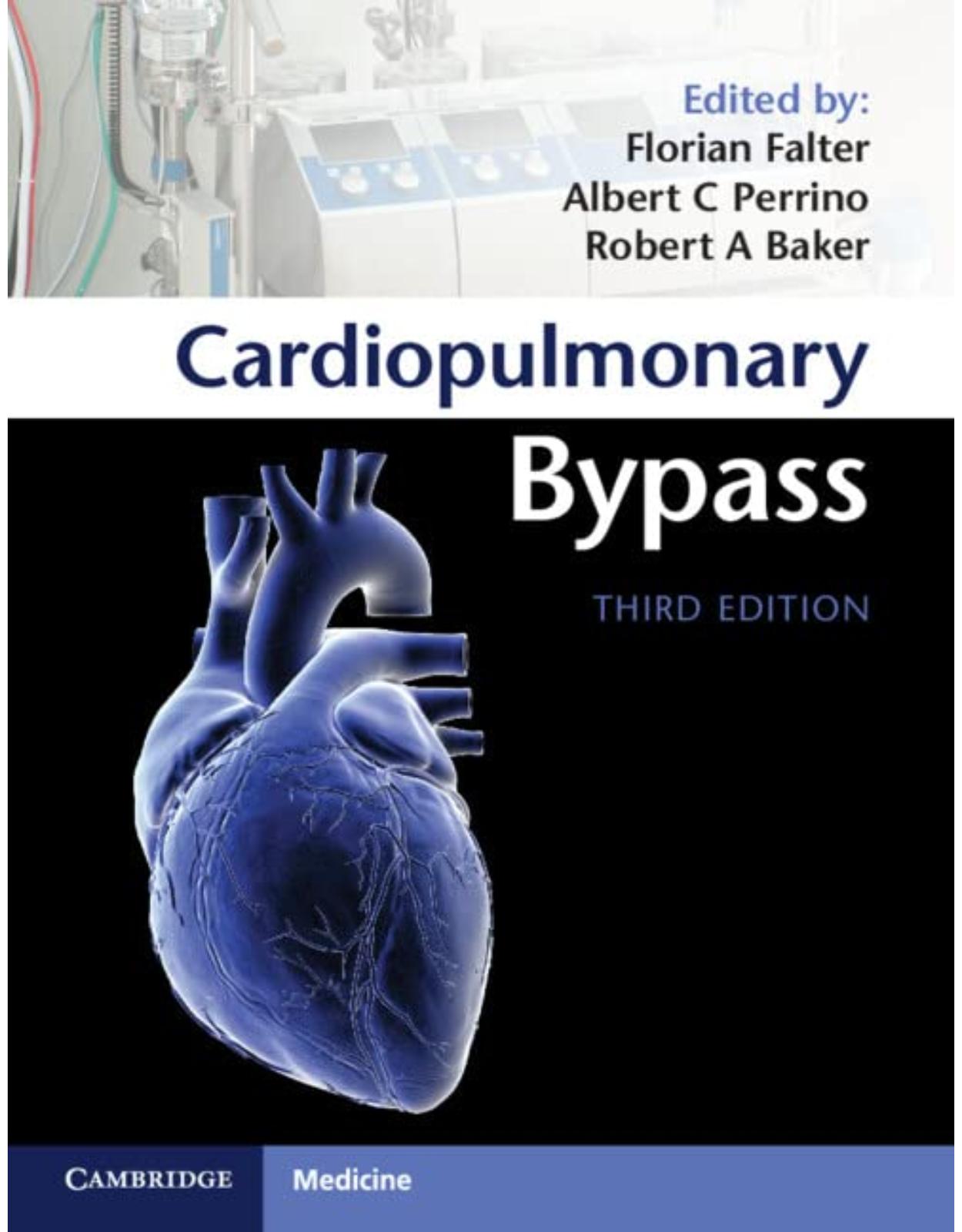
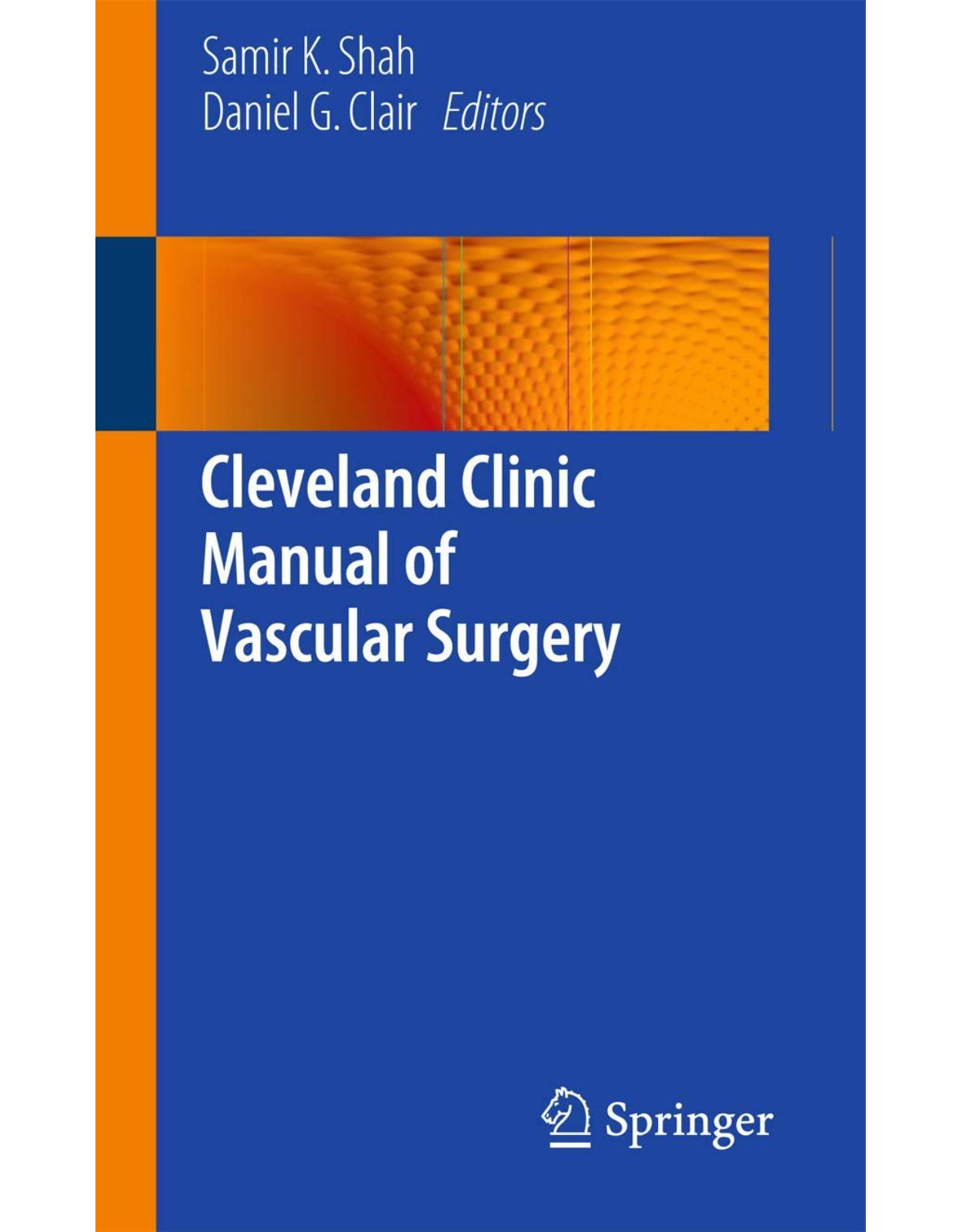
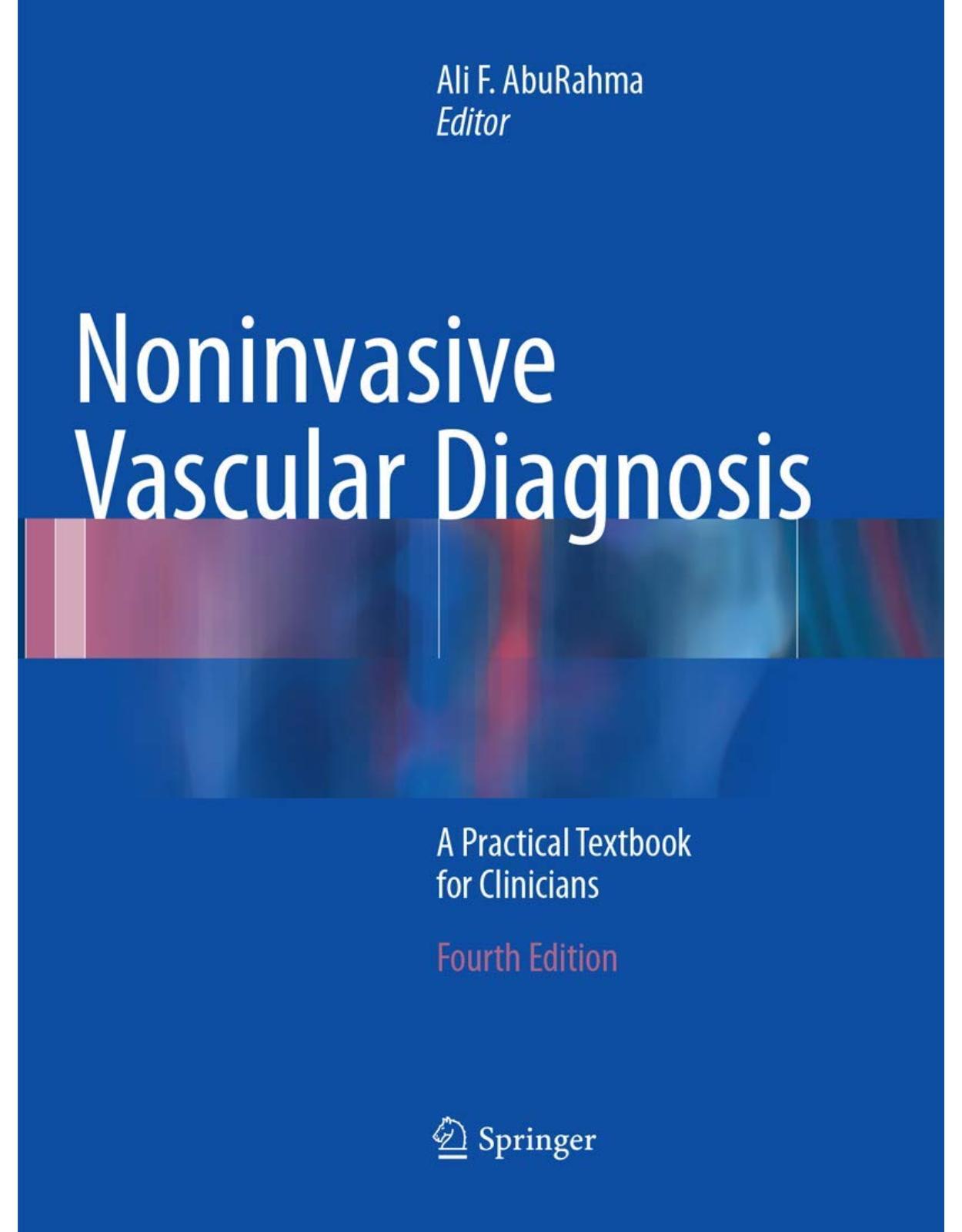
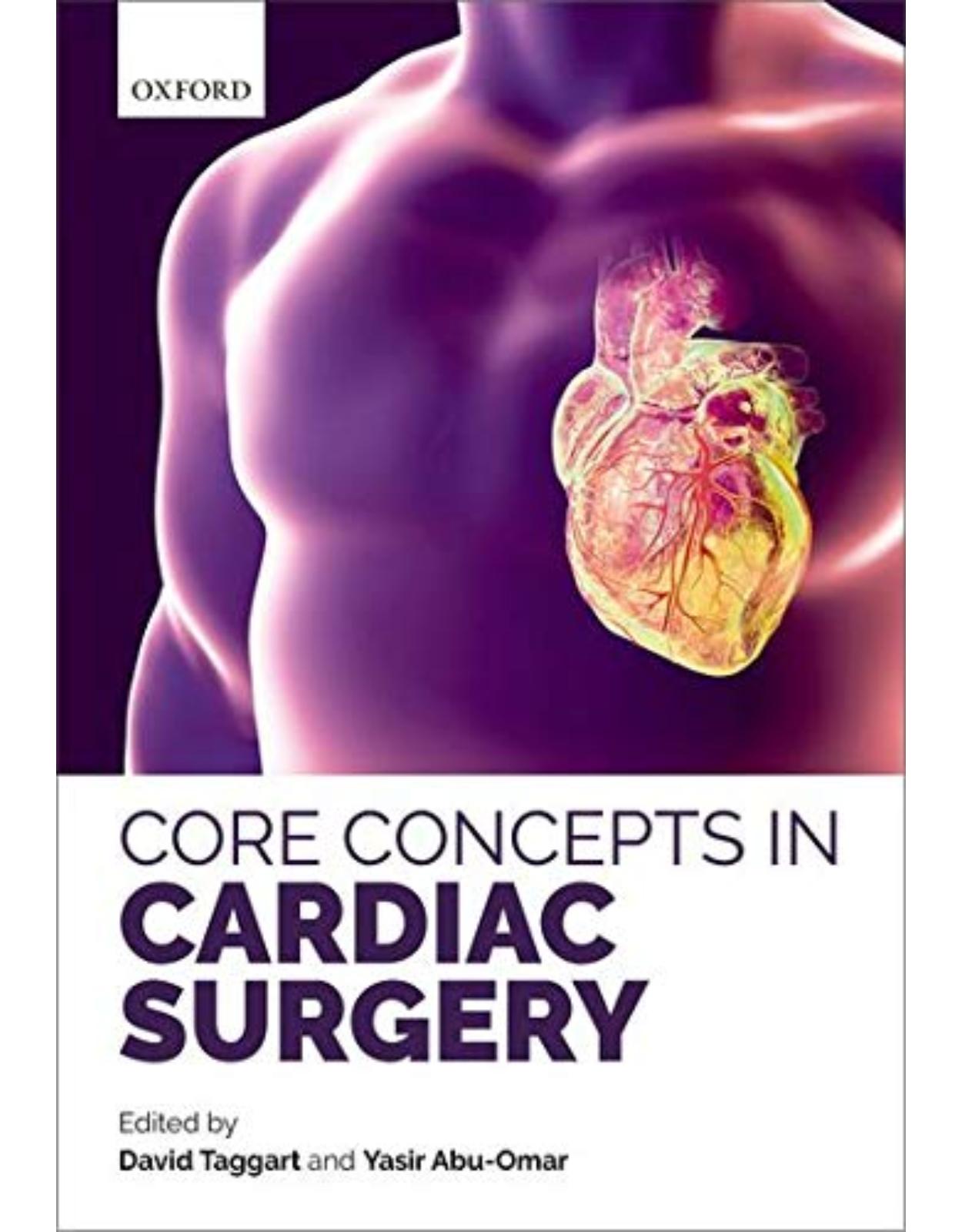
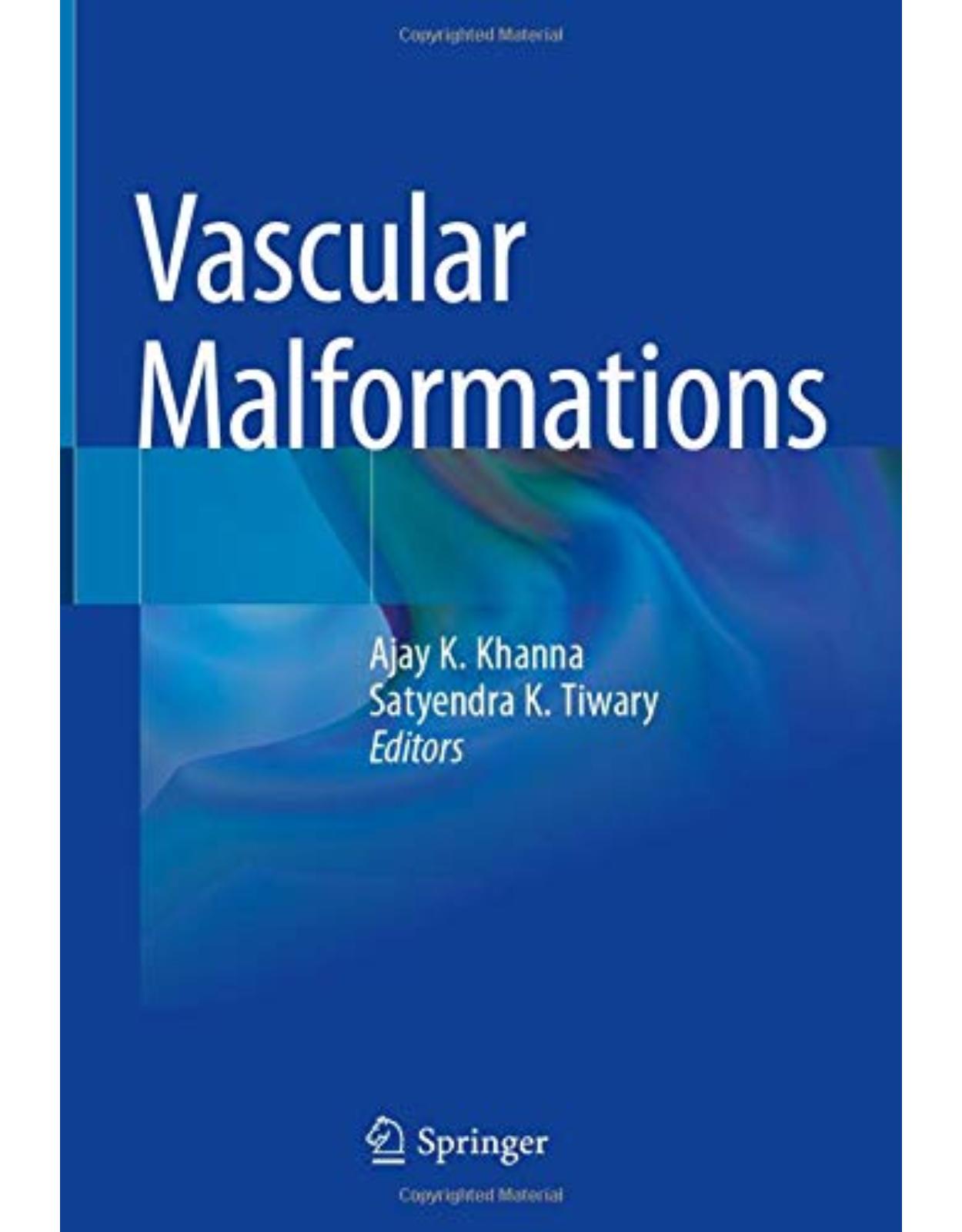
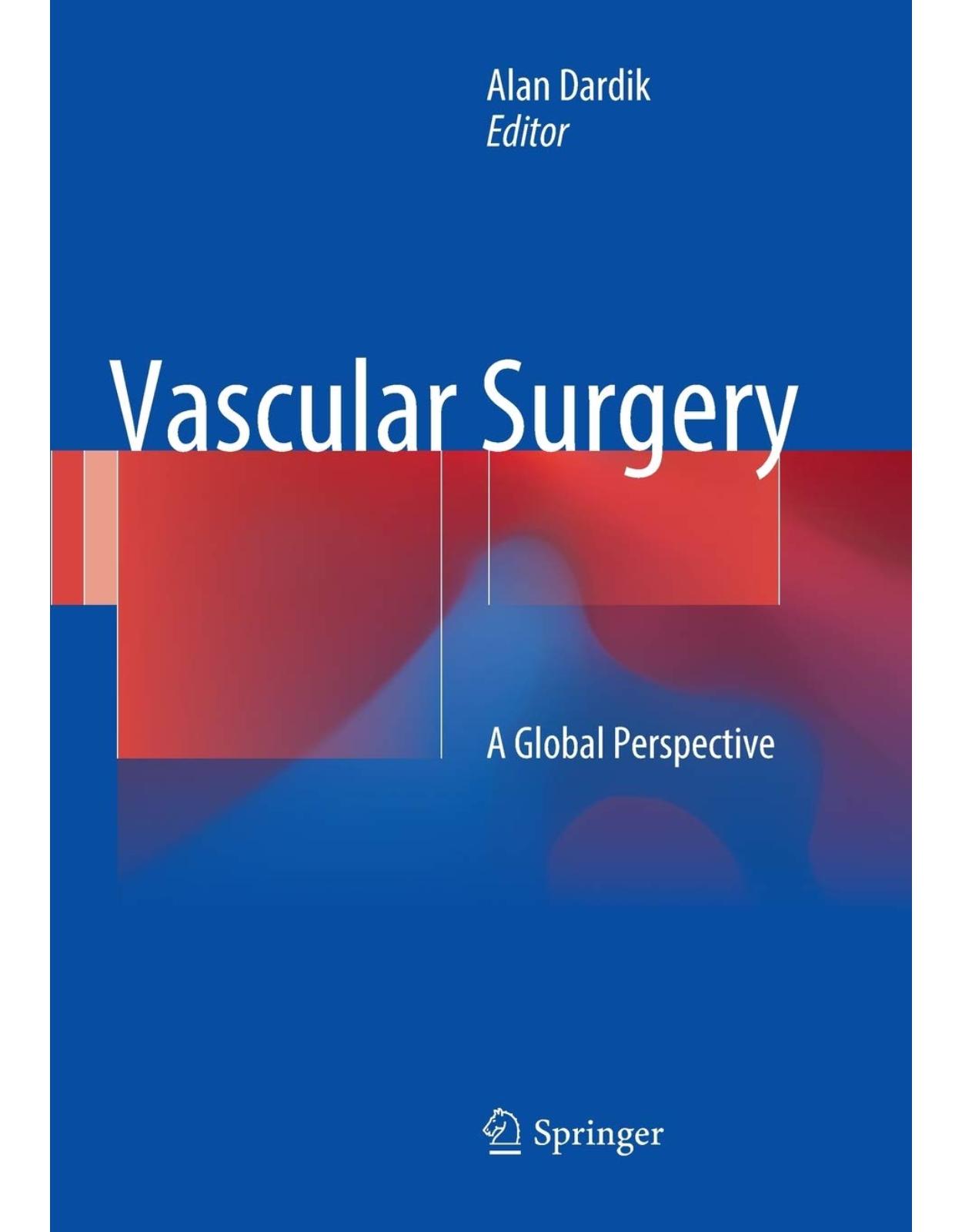
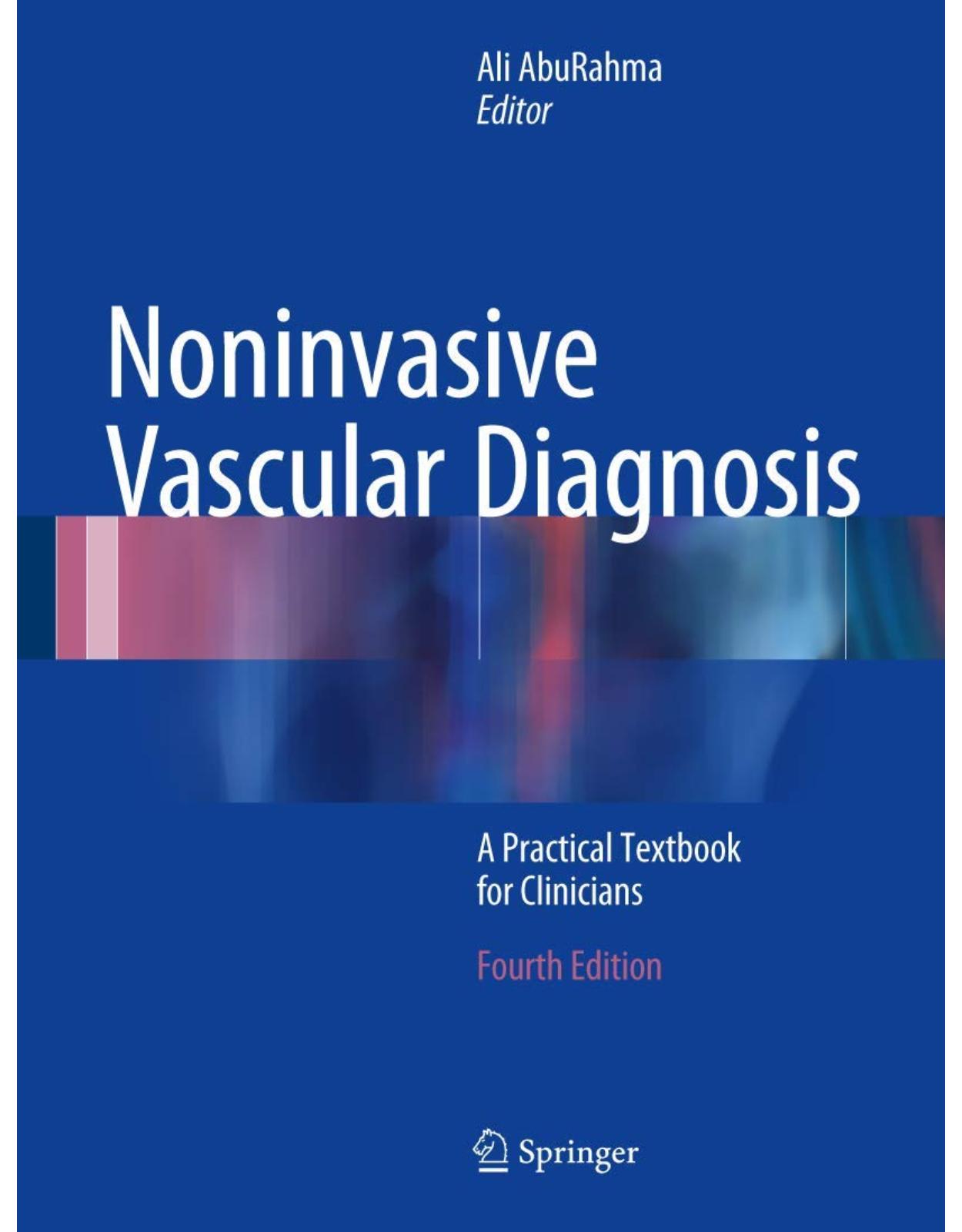
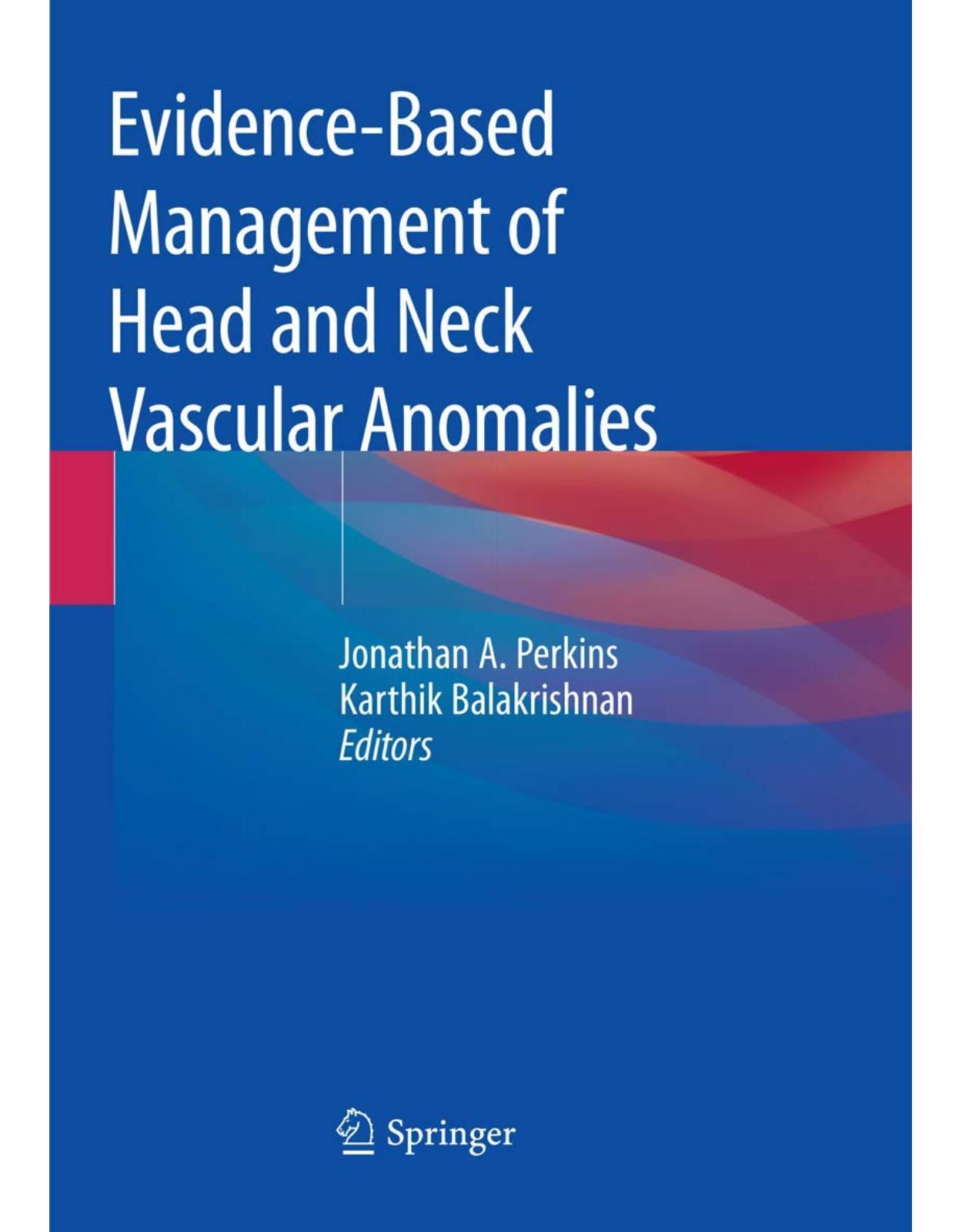
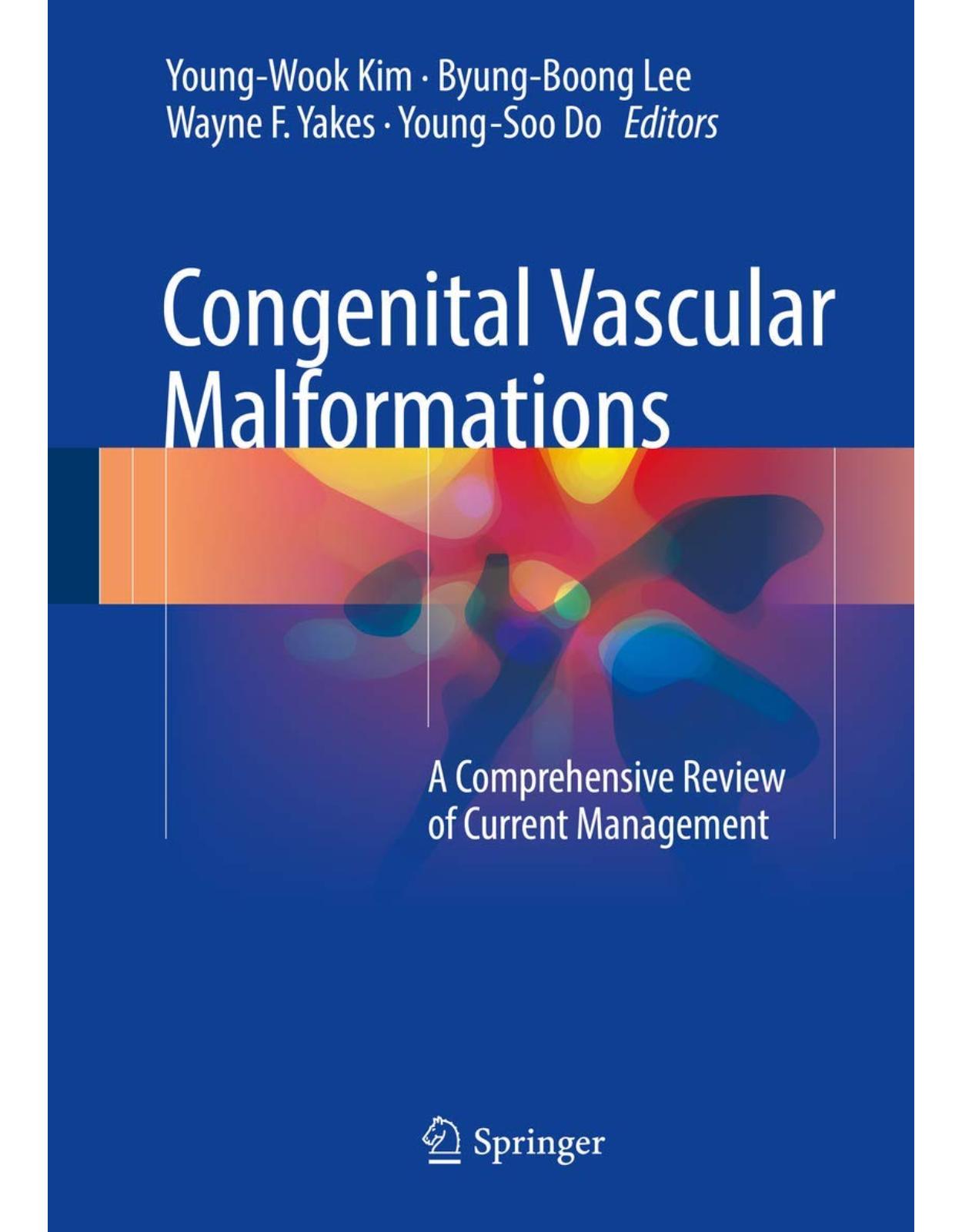
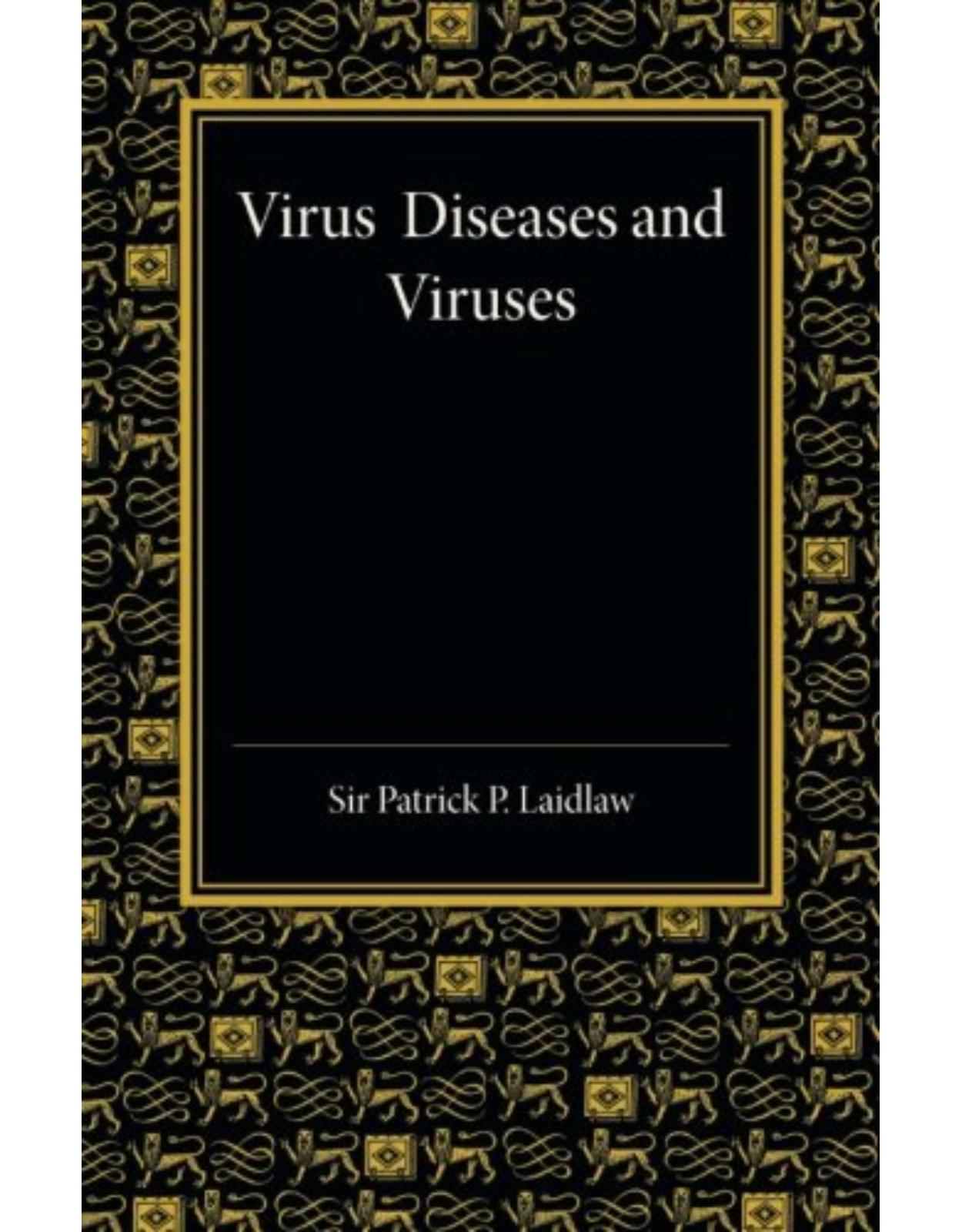
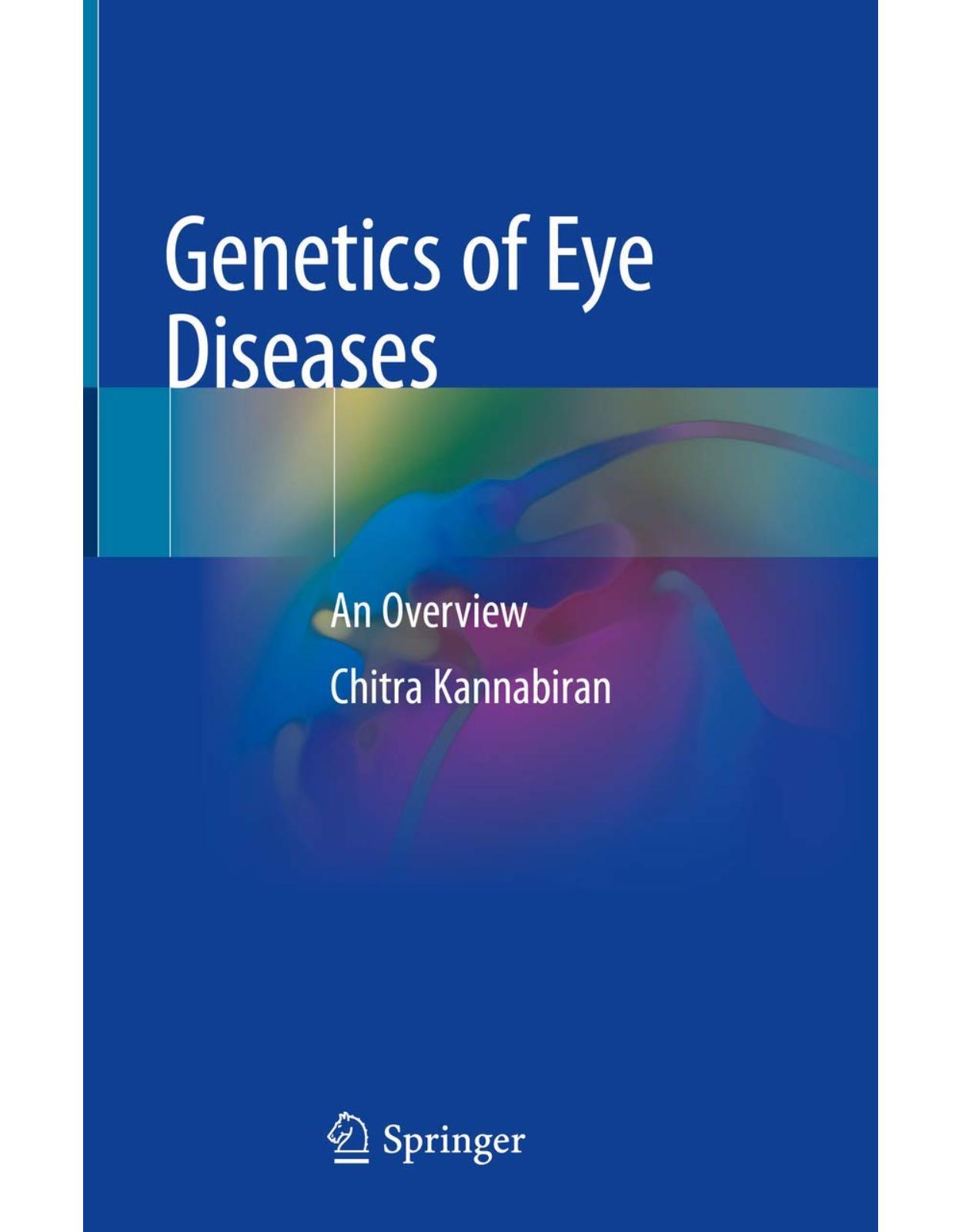
Clientii ebookshop.ro nu au adaugat inca opinii pentru acest produs. Fii primul care adauga o parere, folosind formularul de mai jos.